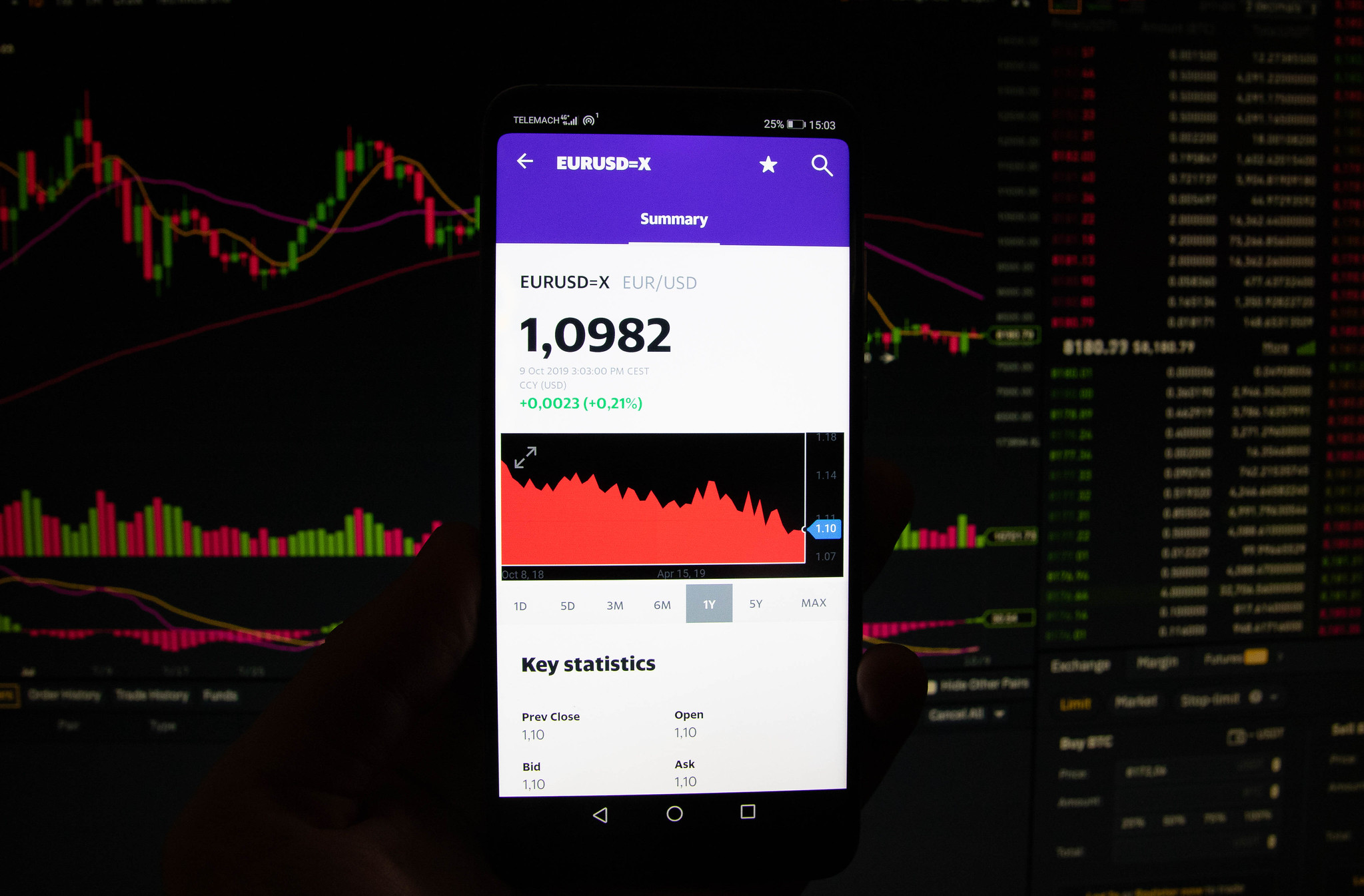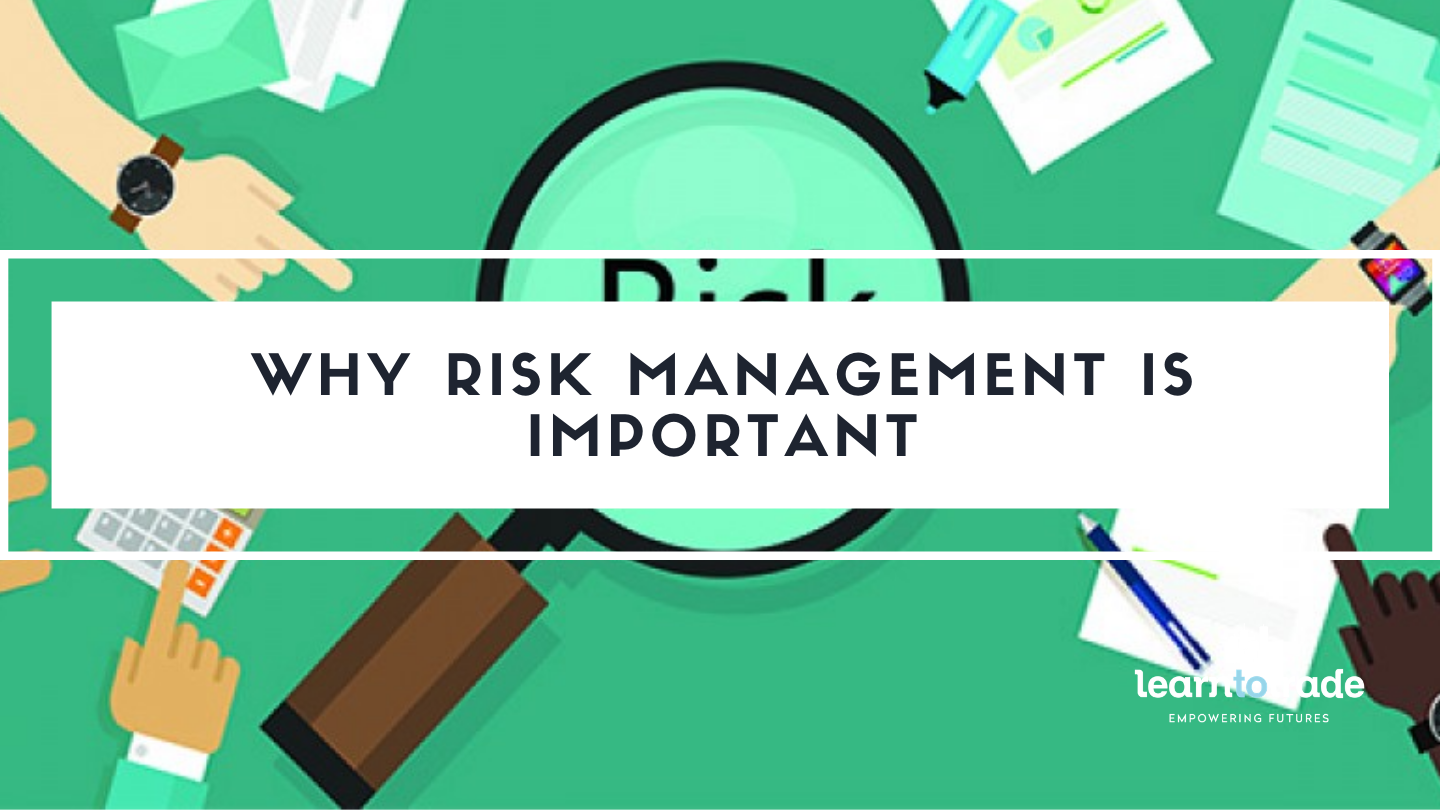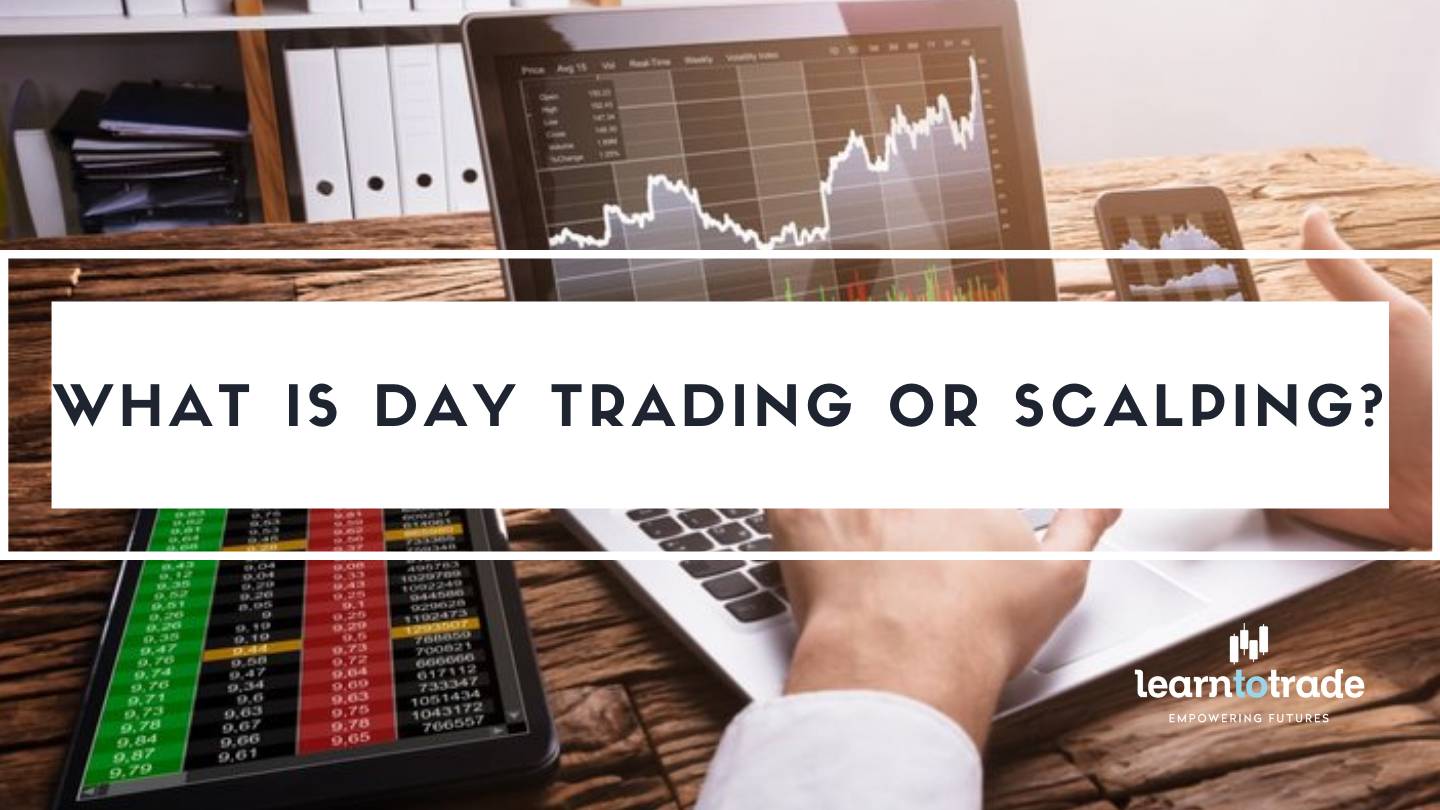How to read Forex Pairs: A Beginner’s Guide to Forex Quotes

All newbie Forex traders would start their lessons by simply knowing how to read a Forex quote. While this is a very basic lesson, it can still confuse a lot of new traders because of all the technical lingo and jargon.
For that purpose, we’re going to break down what a Forex quote in very simple terms so that you can easily grasp the concept of Forex pairs right away.
So let’s get started.
What is a Forex Quote?
Let’s start by explaining what a Forex quote is. In a nutshell, a Forex quote is the price of a particular currency in another currency. So when you read a Forex quote, you’re always pitting one currency to another. That’s why a quote always comes in pairs, hence the term Forex Pairs.
Let me give you an example to make it easier.
Say you’re looking at the currency pair EUR/USD. The first currency (EUR) is known as the base currency while the second currency is known as the counter currency (USD). So when you read a currency pair, you’ll always pit the base currency against the counter currency to determine price.
In this case, let’s look at EUR/USD. The main question you should ask yourself is, “What is the cost of one EUR in terms of USD?”
That said, the price of 1 EUR could be 1.09960 USD depending on the movement of price.
Bid and Ask Price
The next thing we have to look at is the Bid and Ask price. The Bid price is the price that you can let go of your EUR and exchange it for USD. Conversely, the Ask price is the price that you can acquire EUR in exchange for your USD. The Ask price will always be lower than the Bid price.
Buying and Selling Forex Pairs
Now, the reason as to why a Forex quote shows forex pairs is simply because when you trade a Forex quote, you are having two transactions at one time.
What do we mean?
Let’s take the example of EUR/USD again.
Say you believe that the EUR will become the stronger currency out of the pair. When you trade the EUR/USD, you will buy EUR and automatically sell USD. That makes one trade order.
This goes for all currencies like GBP/JPY, NZD/USD, or AUD/CHF.
The key principle to remember here is that if you think the base currency will go up, you buy it while automatically selling the counter currency. If you think the base currency will go down, you sell it while automatically buying the counter currency.
It’s actually as simple as that.
Now that you’ve got the basics down, it’s time to take your knowledge to another level. Register for a FREE workshop today to by clicking on the link below so you’ll know more about the opportunities this market has to offer.







































